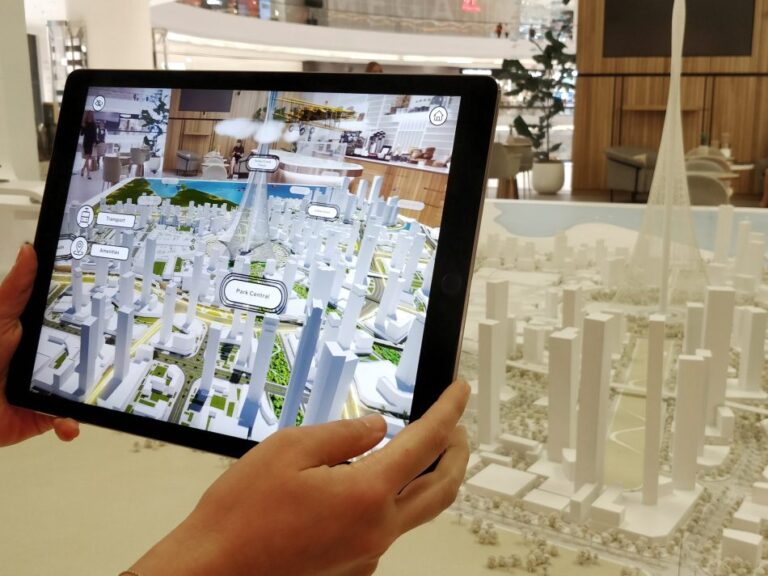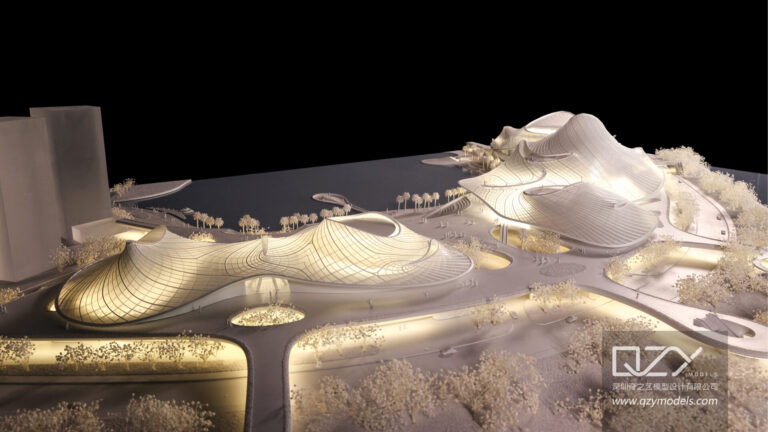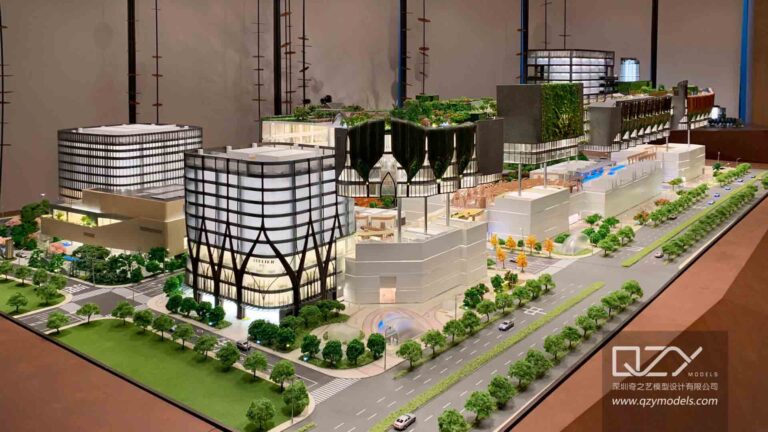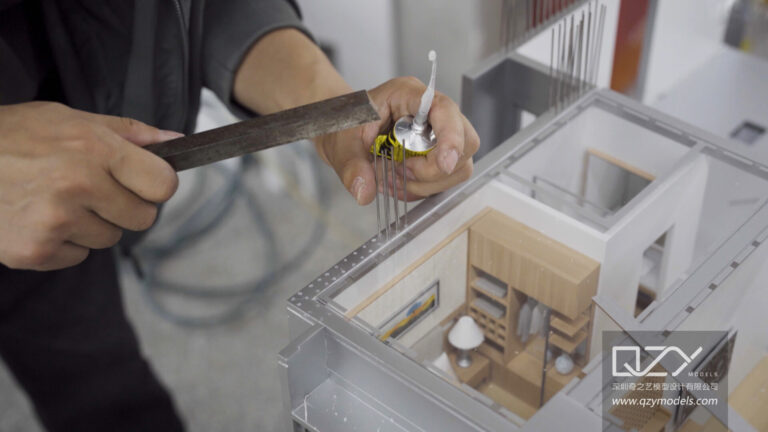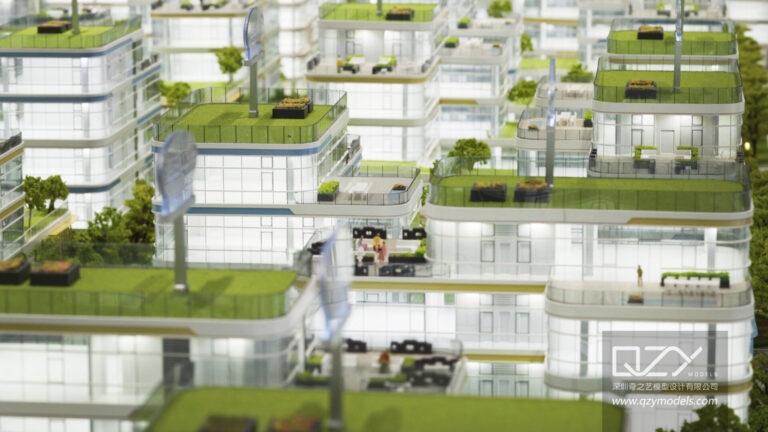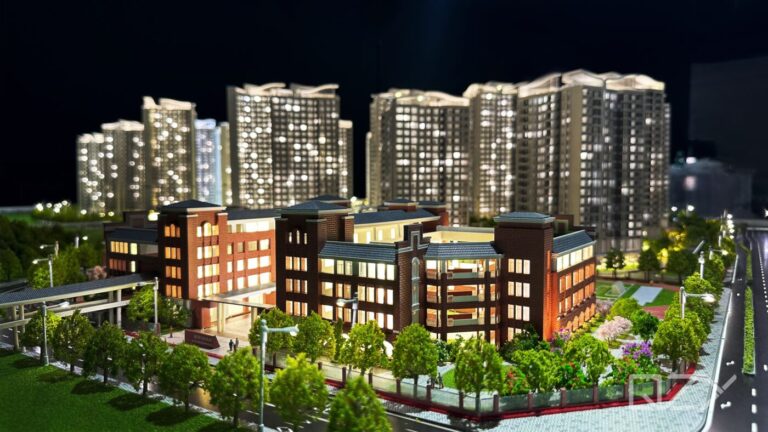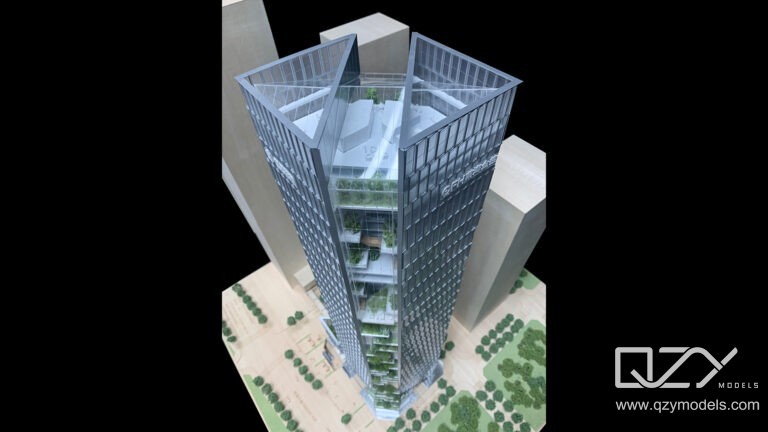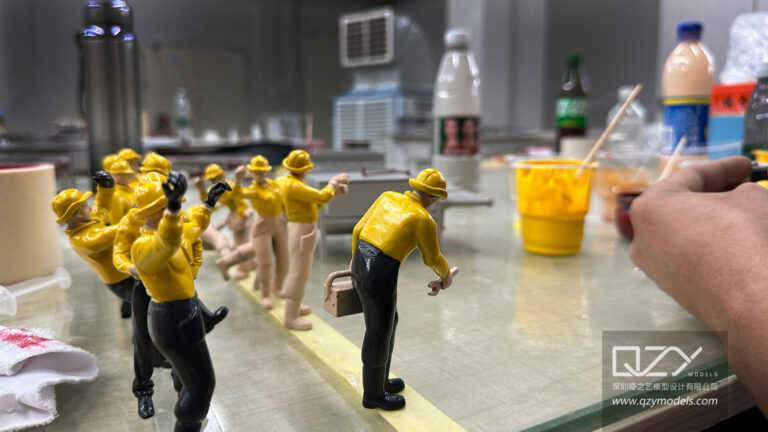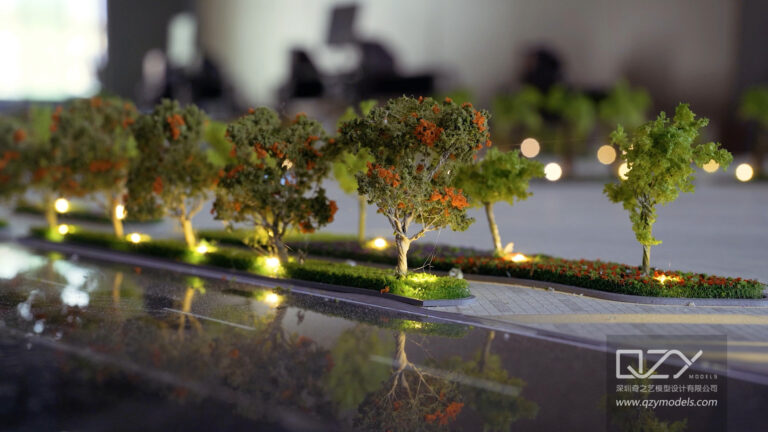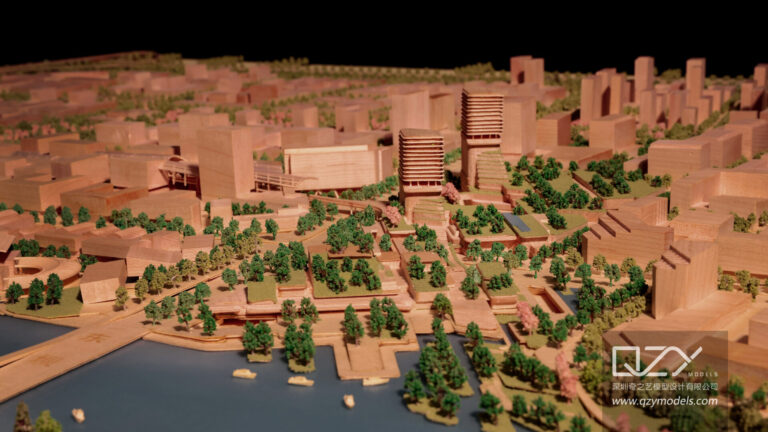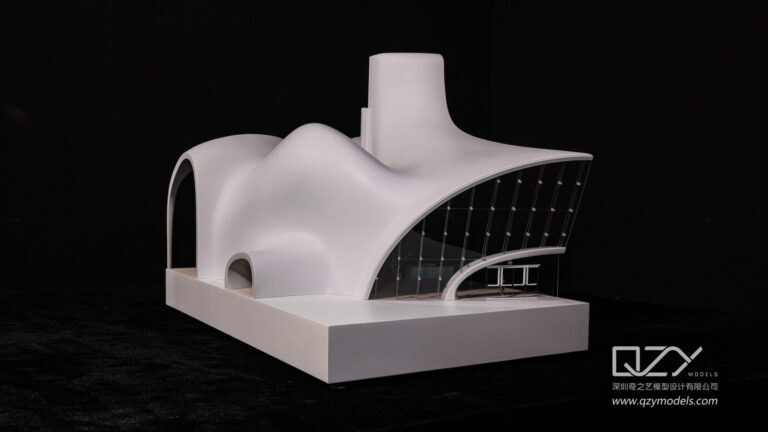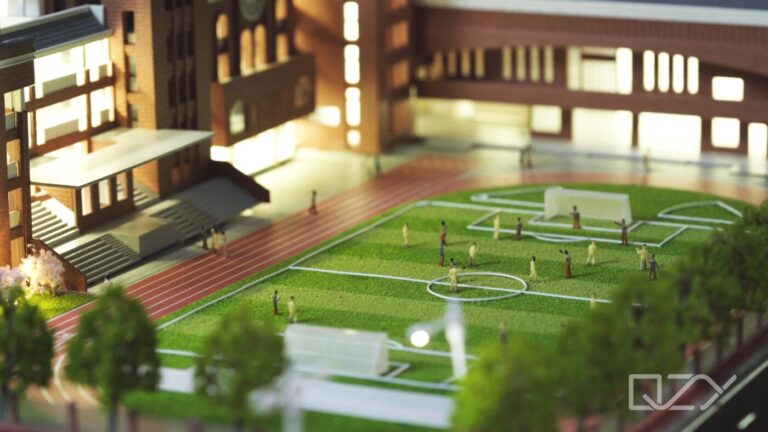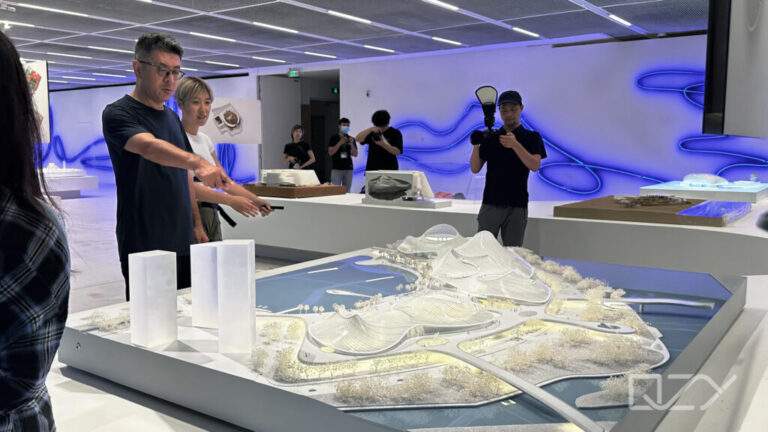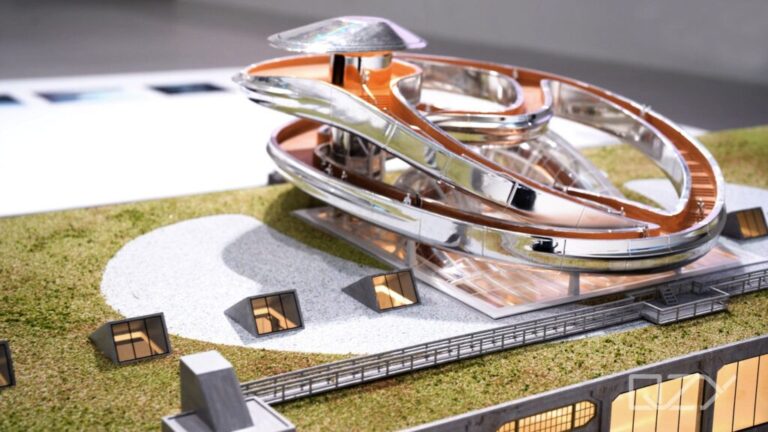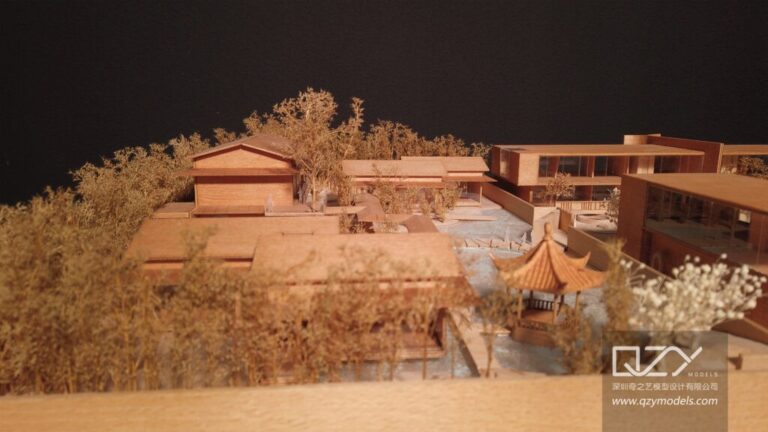In the world of model making, school models stand as unique representations of educational spaces and institutions. These miniature marvels serve as potent tools in the field of education, offering a tangible and immersive way to understand architectural layouts, campus designs, and educational landscapes. This article embarks on a journey into the realm of crafting school models, exploring their significance, the techniques employed, the pivotal role they play in shaping educational environments, and their potential applications in the commercial world.
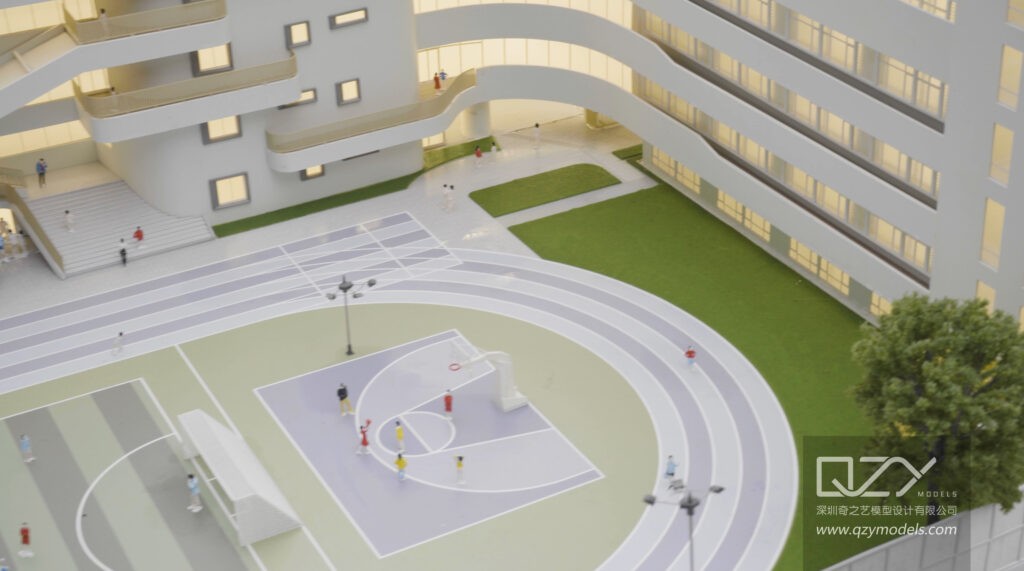
I. The Significance of School Models: Fostering Educational Vision
A. Visualization and Planning:
School models are essential for visualizing and planning educational spaces. Educational architects, administrators, and stakeholders often use these physical models to assess the spatial relationships within a school, including classrooms, common areas, recreational zones, and even outdoor green spaces. This visualization fosters better planning, design, and decision-making when it comes to creating optimal learning environments.
B. Student and Stakeholder Engagement:
Educational institutions harness the power of school models to engage students, parents, and other stakeholders. These physical models offer an experiential and interactive way to showcase the institution’s vision for future facilities. Parents can gain a concrete understanding of their child’s educational journey, students can feel more connected to their school environment, and donors and benefactors can see precisely how their support contributes to the institution.
II. Crafting School Models: Techniques and Artistry
A. Scale and Precision:
Crafting school models demands a high level of precision in scaling. Model makers use advanced measuring and scaling techniques, often employing laser cutting and 3D printing, to ensure that every aspect of the school’s design is faithfully and meticulously represented in the miniature version.
B. Materials and Detailing:
These models require an array of materials to bring out intricate details, such as classrooms, libraries, gymnasiums, and outdoor areas. Model makers carefully select materials like sustainable wood, recycled plastics, and even biodegradable components to craft these models, aiming to echo the sustainability initiatives often promoted in modern educational institutions. Expert craftsmanship is employed to replicate architectural features, textures, and finishes with stunning accuracy.
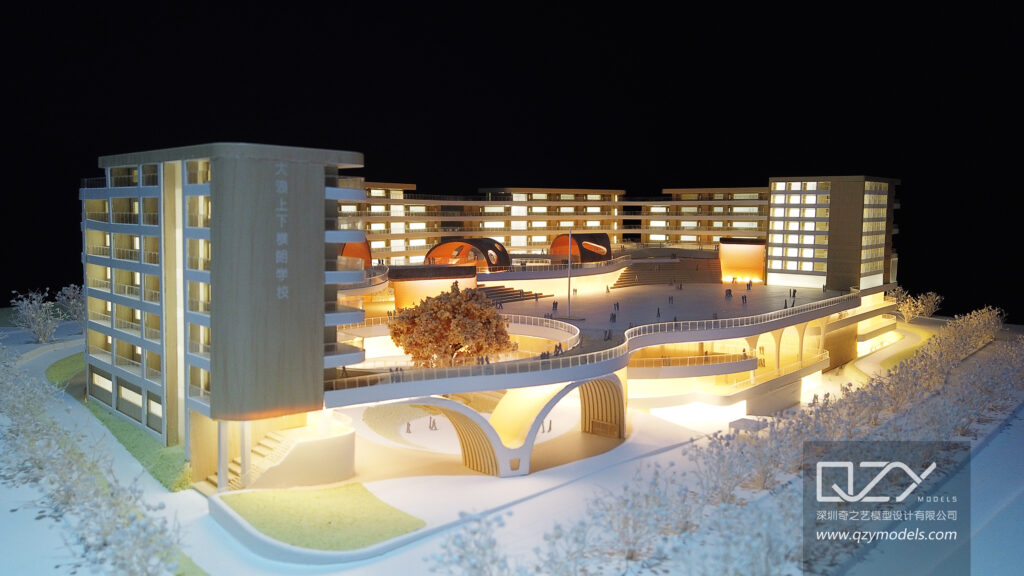
III. Educational Immersion: School Models as Learning Tools
A. Hands-On Learning:
Beyond their role in planning, school models are valuable educational tools for students. These models provide a hands-on learning experience, allowing students to interact with the physical layout of their educational institution. This interaction not only enhances their understanding of spatial relationships and design principles but also fosters a sense of ownership and pride in their school.
B. Architectural Appreciation:
Interacting with miniature school models instills an appreciation for the architectural aspects of an educational institution. Students learn to recognize the importance of well-planned spaces, innovative classroom designs, and sustainable architecture. This educational approach extends to green building concepts, as students can explore models that incorporate sustainable energy sources, recycling facilities, and eco-friendly architecture.
IV. Beyond Educational Institutions: School Models for Public Engagement
A. Community Involvement:
School models are not confined to educational institutions. They are essential for community involvement in the planning and approval processes of new school developments. By seeing and understanding school models, communities can engage in a constructive dialogue about local educational facilities, ensuring that educational spaces are in harmony with the surrounding community.
B. Future Visions:
These models also showcase the future vision of educational environments. They provide a glimpse into innovative concepts like sustainable design, outdoor learning spaces, and modern classroom layouts, inspiring discussions about the future of education. Models often incorporate elements like rooftop gardens, renewable energy sources, and outdoor classrooms, contributing to the environmental and educational goals of the institution.
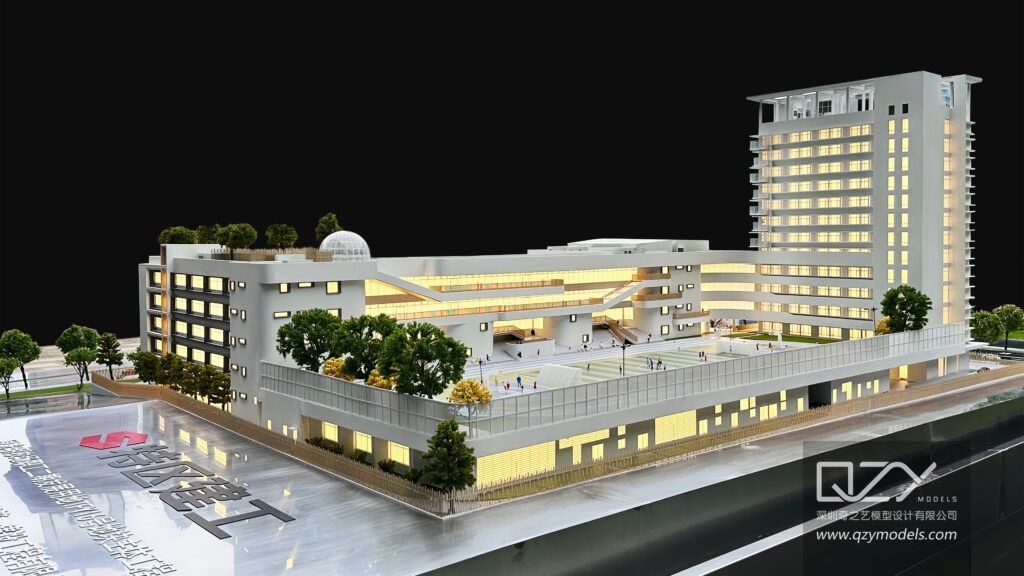
V. School Models in the Commercial World: Meeting the Needs of Developers
A. Real Estate and Property Development:
School models find application in the commercial real estate world. Developers and real estate agencies use these models to present the future educational facilities within a community or district. They help prospective homebuyers understand the value of living within proximity to schools and other educational institutions.
B. Commercial Design and Planning:
Beyond the residential sector, school models assist commercial architects and planners. They offer insights into educational spaces within shopping complexes, business parks, and recreational facilities, enriching the overall appeal and functionality of commercial spaces. In commercial environments, educational spaces like daycare centers and training facilities are often designed to provide immersive educational experiences, and school models showcase these elements.
VI. Future Possibilities: Technology and School Models
A. Advancements in Virtual Models:
In today’s digital age, technology plays a pivotal role in school model creation. Advanced 3D modeling and virtual reality technologies offer immersive educational experiences, allowing stakeholders to explore digital representations of educational spaces. These technologies, which can be integrated into traditional school models, provide dynamic and interactive perspectives of educational layouts, fostering a new era of educational immersion.
B. Sustainability and School Design:
The future of school models will likely incorporate sustainability and green building practices. These physical models will showcase eco-friendly designs and environments conducive to learning and ecological harmony. As environmental consciousness grows, sustainable elements like solar panels, rainwater harvesting systems, and green roofs will become standard features of school models, inspiring environmentally responsible educational design.
In the world of education, the significance of school models cannot be overstated. They are more than miniature replicas; they are bridges to educational vision, tools for community engagement, and instruments for hands-on learning. The craftsmanship and precision that go into creating these physical models breathe life into educational landscapes, inspiring future generations and shaping the environments where they’ll learn and grow. As technology propels us into the future, the synergy of traditional craftsmanship with digital innovation will amplify the impact of school models, reaffirming their position as essential tools in education, community planning, and the commercial world. These models are not only symbols of educational institutions; they are symbols of educational progress.
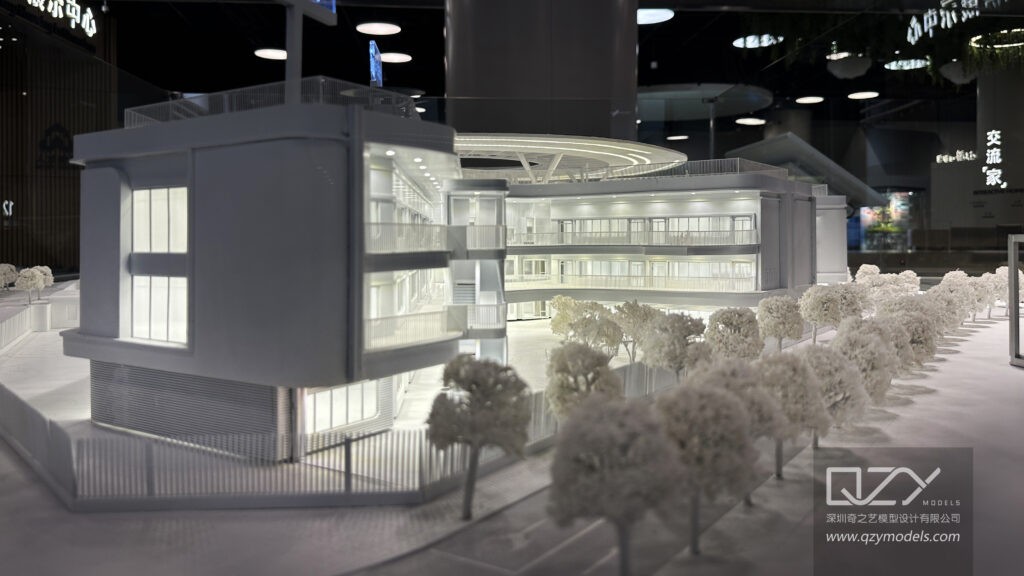
Discovering the World Through Miniatures – About Us
QZY Models, founded in 2013 in Shenzhen, China, is a leading professional team specializing in the design and production of customized physical models. Rooted in the architecture industry, QZY Models caters to diverse model production needs, ranging from furniture, interior design, architectural landscape, to urban planning. Moreover, we are continuously exploring various fields, including dynamic mechanical models, industrial equipment displays, scientific and technological principle displays, and exhibition displays, to create a diverse model service ecosystem.
Since commencing our independent business in 2013 and establishing our base in Shenzhen, ensuring quality has always remained our top priority. We have forged strong collaborations with renowned companies in over ten countries, such as the United Kingdom, the United States, Canada, and Singapore. Our completed projects span across China, the United Arab Emirates, Saudi Arabia, Egypt, Poland, Morocco, Ethiopia, and other countries. Presently, QZY Models has established branches or offices in Egypt, Morocco, Saudi Arabia, Lebanon, Italy, the Netherlands, and other locations, firmly committed to serving global customers.

- Architectual Model Making
- Industrial Model Making
- Urban Model Making



